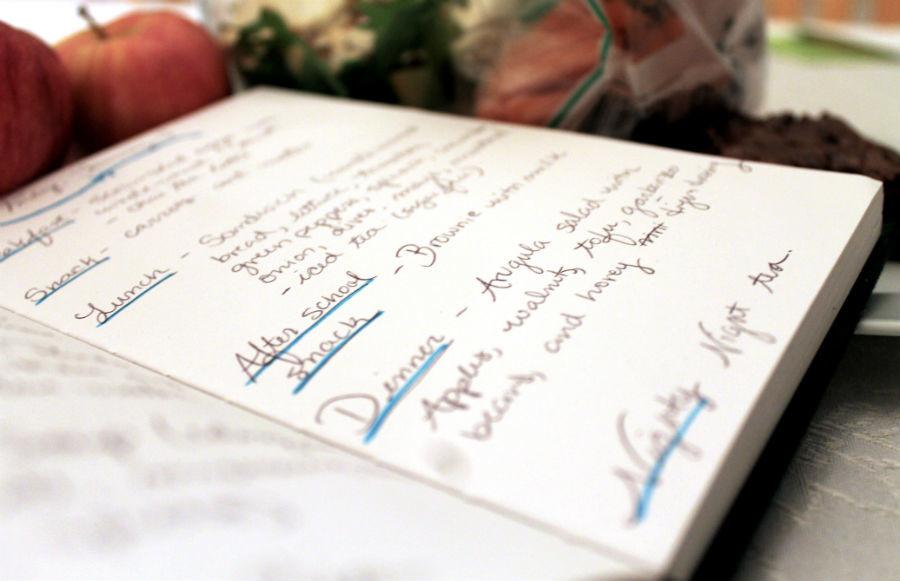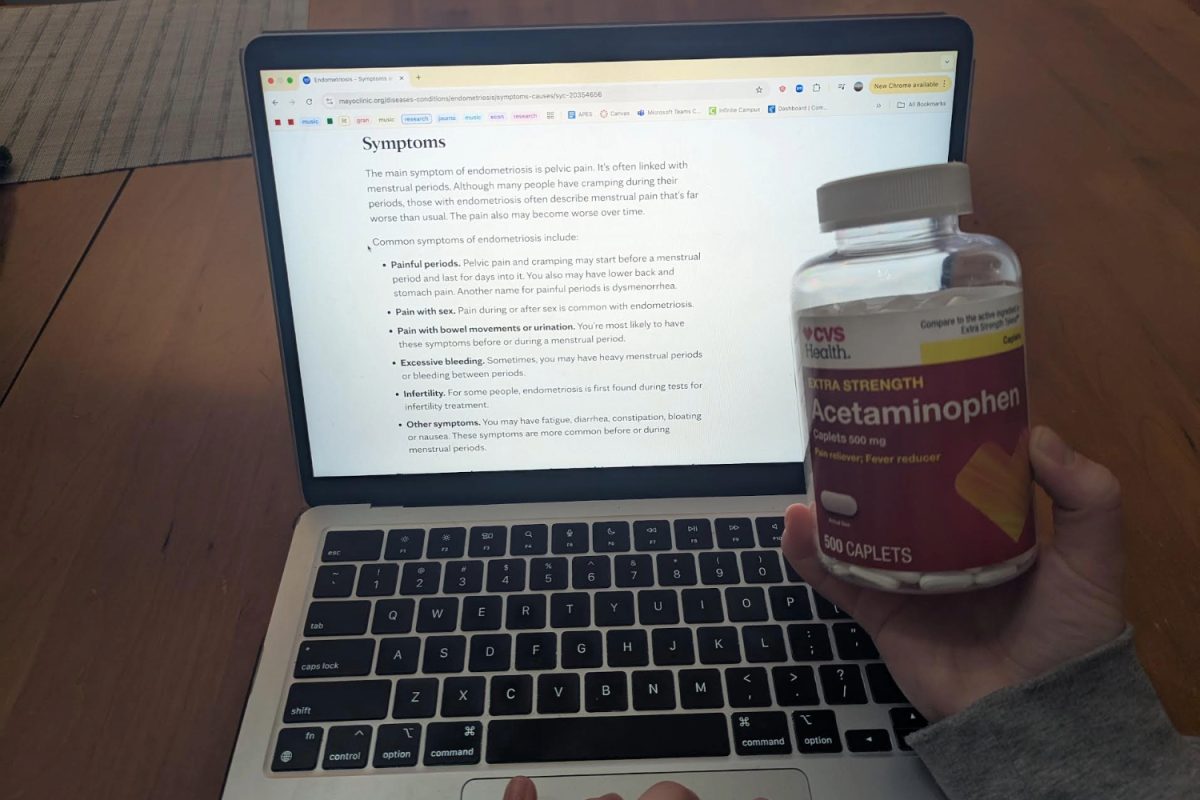As I hunted for a snack in my kitchen, my eyes suddenly became drawn to a plate of brownies. The idea that one brownie won’t make a difference to my health danced through my head while I slid into a brief moment of brownie-induced euphoria.
I didn’t realize how frequently (by frequently I mean daily) I said, “One time won’t hurt me,” until my French teacher Kathy Burton had my class keep track of everything we ate for two weeks. The result was enlightening; for the first time, I was forced to confess to all of my less than stellar food choices while getting to observe the marvelous ones.
The first step toward self improvement is examining oneself closely, which is why I consider keeping a food journal the most valuable tool when striving towards a well balanced diet.
Kristine Kirkpatrick, a registered dietitian and manager of wellness nutrition services for the Cleveland Clinic Wellness Institute, said, “As our busy lives go on, we tend to eat more than we think we do. We underestimate the exact amount of our daily intake because we fail to take into consideration portion size… grazing… and fluid calories” in an article on Huffington Post.
Food journals seem to be trending in Carlmont classrooms. During the two weeks between Thanksgiving break and finals, Burton had her AP French students keep detailed food journals that included photographs of food. Students taking Human Biology recently began keeping similar journals.
Alison Marsh, a senior in Human Biology, said, “My food journal isn’t my friend right now. Yesterday, all I ate was the greasiest pizza known to man kind, a chocolate bar, a cupcake, and some [sodas.]”
Whether you are trying to keep track of nutrients, identify habits that you want to get rid of, or are just curious to see what you actually eat, keeping a food journal could prove to be valuable.
How to keep a food journal
Food journals can cost as little as staples and computer paper and take as few as five minutes to fill out per day.
1. Find a suitable notebook
If you only want to have a food journal for a short period of time, stapling some sheets of computer paper into a booklet works very well. If you intend to make this a more permanent arrangement, buying a notebook is far from costly and can last a long time. If you are a dork like me, you can also decorate the cover of your food journal.
2. Organize your content
Decide what you will keep track of, such as the date, time, place, food items eaten, quantity of food and beverages eaten, feelings while eating, and physical activity.
3. Don’t lie to yourself
You might as well save yourself the time of filling out a journal if you will not do it completely accurately. If you lie about your food consumption, then you will not benefit from your journal. Some people think it helps to write in their journals while they eat so that they don’t forget anything.
4. Analyze your food patterns
After you have consistently recorded your food for a solid period of time, reread your journal to observe patterns. This is the point at which I look to see if I am eating diverse nutrients, and find problem areas that I would like to reduce. With these observations in mind, you are armed with a better understanding of your eating habits and know the areas that you personally meet to focus on.























Mrs. Laine • Jan 17, 2015 at 8:45 am
Great project. I’m curious how students eat healthy in between classes, homework, and after school. We have several books in the library that address nutrition, including information on how nutrients fuel the body, how to read labels to make healthy food choices, and advice on how to eat well in restaurants and fast food establishments. One book in particular helped me when I was setting health goals called “Living smart : five essential skills to change your health habits forever.” I highly recommend this book to students who are interested in making healthy lifestyle changes. Drop by the library anytime before school, during lunch, or after school. Nutrition is in nonfiction 613.